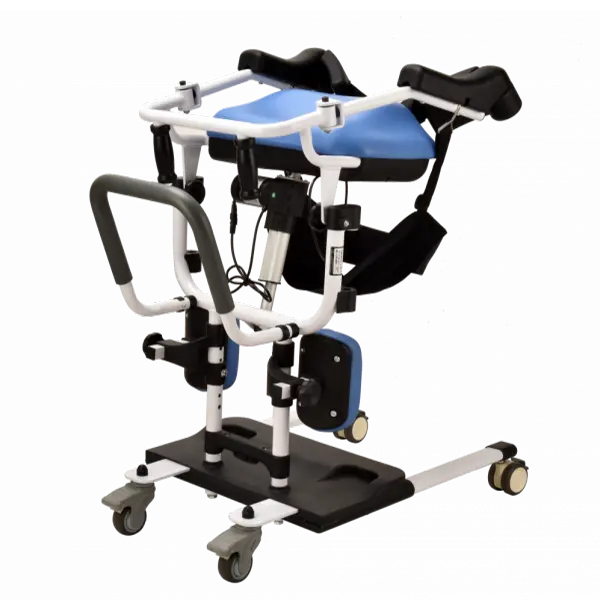When it comes to mobility AIDS, two common terms are transfer chairs and wheelchairs. While both are designed to help individuals with reduced mobility, they have different purposes and have unique characteristics. When considering which one might be appropriate for a particular situation or individual, it’s important to understand the differences between the two to make an informed decision.
As the name suggests, the transfer chair is primarily used to help move people from one location to another. It usually has small wheels, so it can be easily maneuvered in tight Spaces such as narrow corridors or doorways. Transfer chairs are usually equipped with handles for the caregiver to push and brake to ensure stability and safety. They are lightweight, foldable and easy to transport, which makes them a suitable choice for short distances and temporary use.
Wheelchairs, on the other hand, are specifically designed for people with chronic mobility problems. It allows for independent mobility and provides more support and stability than a transfer chair. There are many types of wheelchairs, including manual and electric. They are equipped with large rear wheels for self-propulsion and small front wheels for maneuverability. Most wheelchairs are equipped with upholstered seats, pedals and armrests for added comfort. In addition, there are wheelchairs specifically designed for different needs, such as sports wheelchairs or children’s wheelchairs.
Despite the differences, there can be some confusion between a transfer chair and a wheelchair because a transfer chair is similar to a wheelchair in some ways. However, it is worth noting that the fundamental difference lies in their purpose and function. While transfer chairs are primarily used to facilitate the transfer of individuals, wheelchairs offer greater mobility and independence and are suitable for long-term use.
Ultimately, the choice between a transfer chair and a wheelchair depends on the specific needs and circumstances of the individual requiring mobility assistance. For temporary transfers or short distance transfers, a transfer chair may be more suitable because it is lightweight and easy to carry. However, if a person needs long-term mobility support and independent movement, a wheelchair is preferred. Consulting with a healthcare professional or mobility assistance specialist can provide valuable guidance in determining appropriate options.
All in all, a transfer chair is not a wheelchair, although they have some similarities in appearance. While transfer chairs primarily help people move from one place to another, wheelchairs provide greater mobility and support for people with chronic mobility impairments. Understanding the differences between the two types of assistive devices can help you make an informed decision when choosing the most appropriate mobility aid for a particular situation or individual.
Post time: Oct-24-2023







